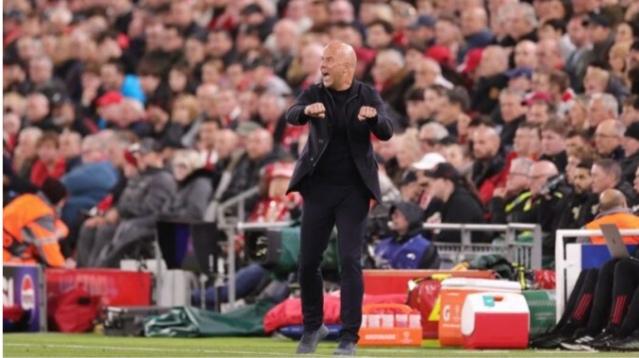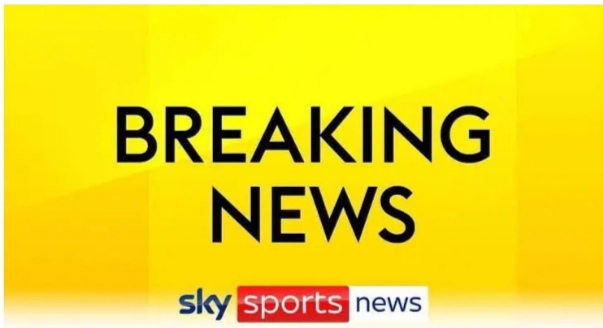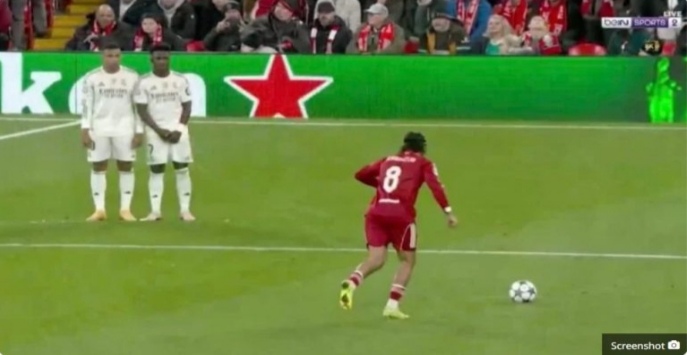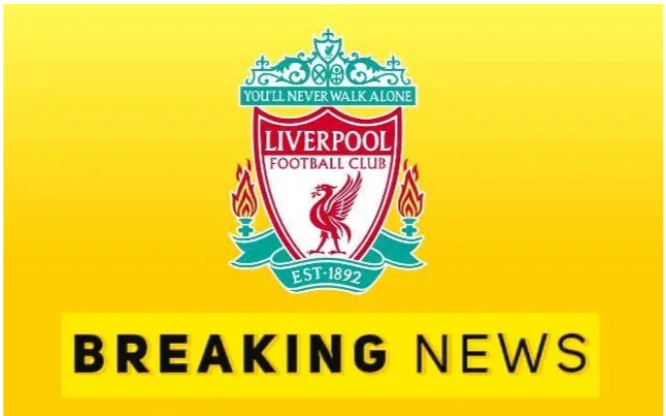Liverpool’s Merseyside Derby Win: Professional but Flat
Liverpool collected another victory in the Merseyside derby, but this one felt strangely muted. The post-match buzz never really materialized—perhaps dulled by the grey skies, the early kick-off, or the fact that attention quickly turned to later fixtures. TNT Sports’ limited coverage, which omitted live manager interviews, only added to the subdued mood.
The game itself did little to stir emotions. There were no fiery flashpoints—no dismissals, no VAR controversies, and, unusually for Liverpool, no late drama. Even as Everton pressed for a late equalizer, Liverpool looked the more likely to score again. It all felt routine, as though another win was simply expected.
That win made it five in a row for Arne Slot’s side in the Premier League—an achievement only a select few clubs have managed. More impressive still is the quality of the opposition: Arsenal, Newcastle, and Bournemouth remain unbeaten against everyone else, yet all fell to Liverpool. Everton also came into the derby on a four-game unbeaten streak.
Still, a nagging issue persists. In four of their last five league and European matches, Liverpool have established two-goal cushions only to let teams back into contention. Against Bournemouth, Newcastle, and Atletico Madrid, those leads vanished entirely, with the Reds forced to claw back wins late on.
This isn’t coincidence—it’s a recurring flaw. Liverpool too often take their foot off the gas, surrendering control instead of killing games off. Slot admitted as much after the derby:
“We didn’t handle some situations well,” he said. “Even when you’re playing well, small moments can shift a game. We need to push through those moments—that’s the area where we must improve.”
While pointing to fatigue as one factor, Slot also highlighted signs of progress. He noted that Liverpool are starting to string together longer spells of dominance—visible against both Atletico and Everton—something missing earlier in the season.
Part of that development comes from the squad settling into Slot’s system. With eight senior players arriving in the summer, inconsistency was inevitable, but the squad now looks deeper and more adaptable. Against Everton, five of the eight outfield substitutes had already started matches this season.
Rotation has also become a clear strategy. Last year, a lack of changes left the team drained. This year, Slot has been more proactive: four changes were made for the derby, three in midweek, and positional flexibility has been notable. Since the international break, three different players have started at right-back, while other roles—including left-back and striker—have been rotated to suit opponents. Szoboszlai was even deployed at right-back against Burnley, while Isak was held back for Atletico and a more experienced midfield chosen for Everton.
As autumn deepens, Liverpool appear to be building steadily under Slot. The performances aren’t dazzling yet, but the consistency, tactical tweaks, and squad depth all point in the right direction. If the upward trajectory continues, this revamped Liverpool may soon evolve into a side capable of far more than efficient wins.










